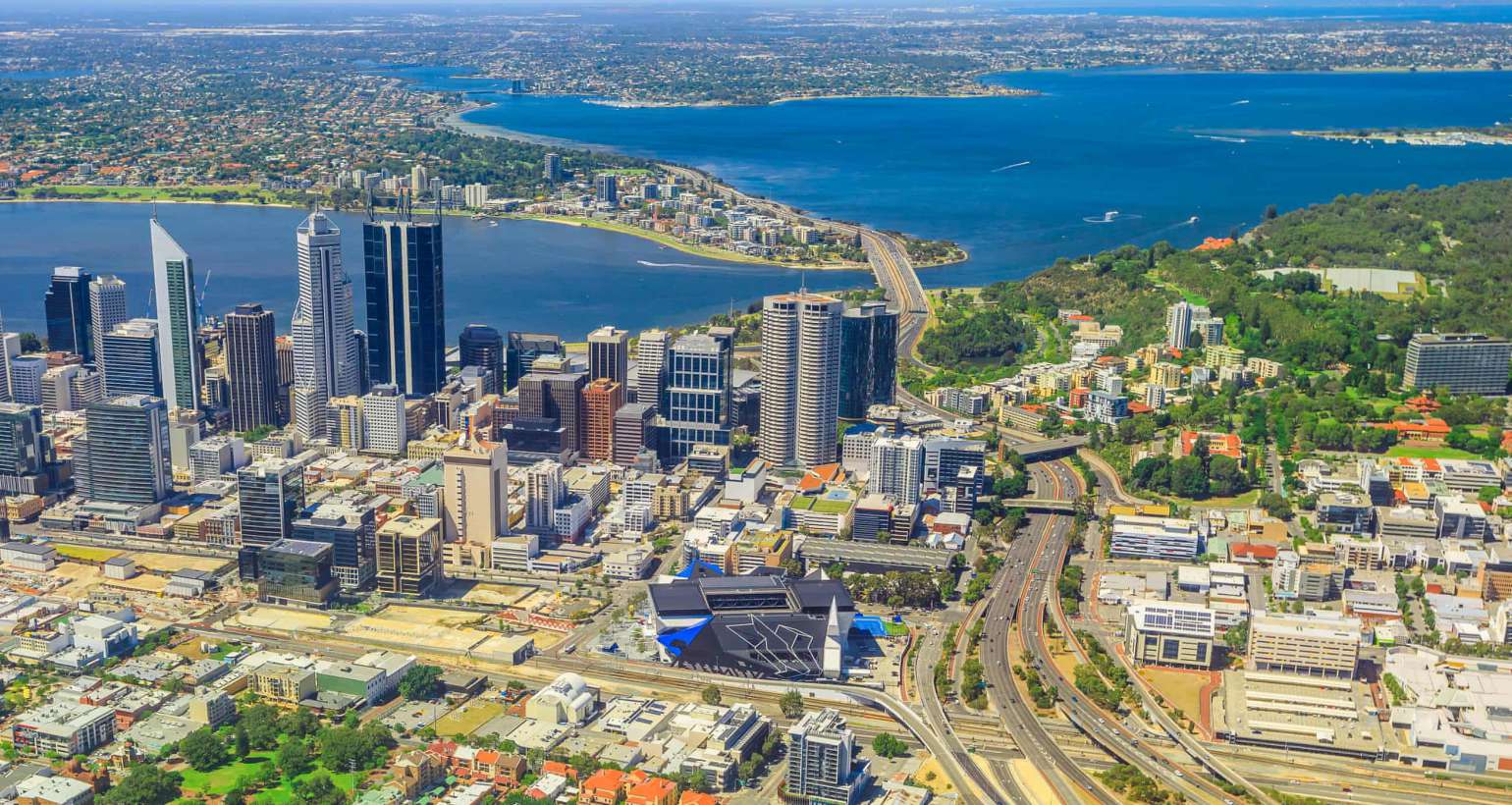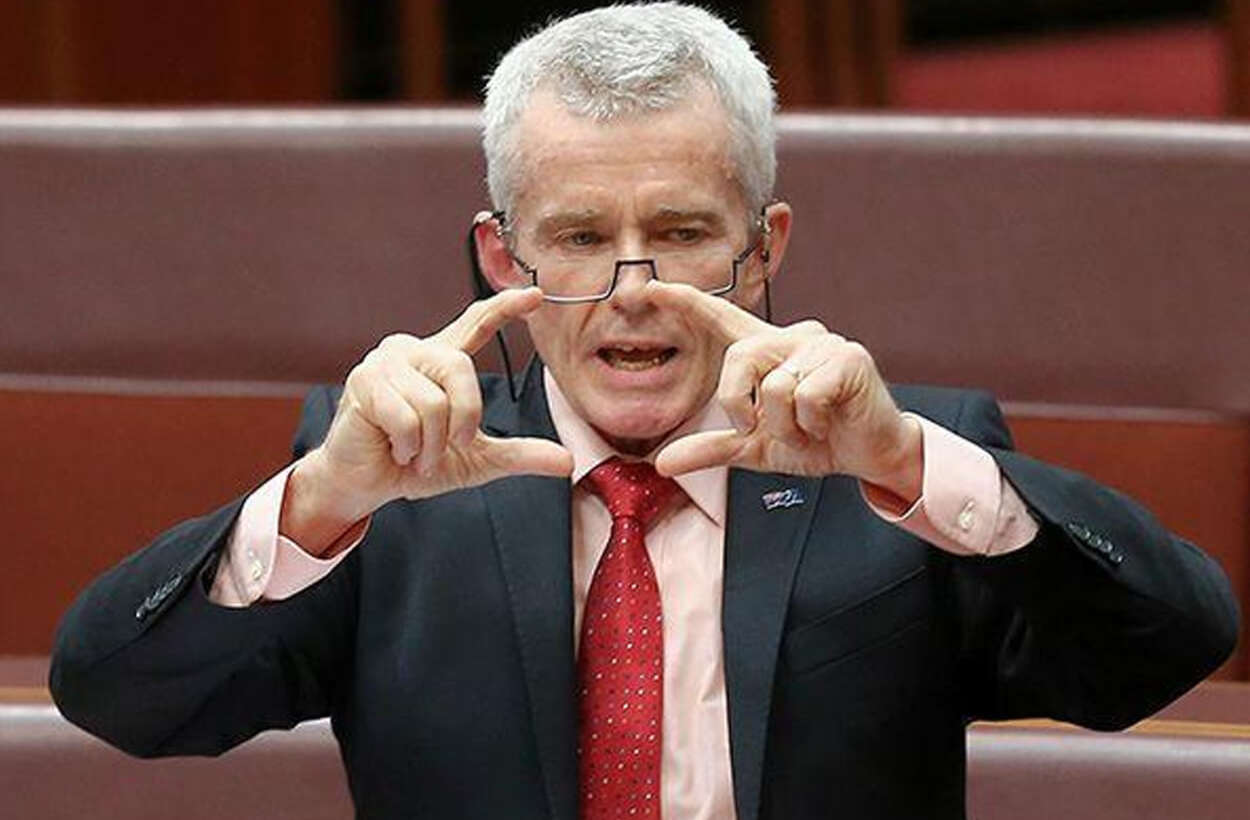Australia’s fastest-growing jobs are not recognised on the nation’s official list of occupations.
Key points:
Australia’s official list of occupations is out of date
That means businesses are struggling to fill vacancies and migrants face uncertain futures
The Bureau of Statistics states it will cost an extra $4 million in funding for a review, but the Government cannot find the money
It is causing problems in Australia’s immigration program as businesses clamour to find in-demand workers.
None of the five jobs named as Australia’s fastest growing by LinkedIn in 2018 are contained within the standard worker classification, known as ANZSCO, although jobs like weight loss consultant and amusement centre manager are.
That means businesses wanting to recruit overseas workers in these occupations are unable to, or they face extra hurdles to get approval.
And people desperate to live and work in Australia with these in-demand skillsets have no certainty over when they can settle or how to plan their studies.
Although a review of the list has been almost universally demanded, the Government has confirmed none would occur until after the 2021 census.
Zerub Roberts, who has recently completed his masters at Deakin University, came to Australia from India to pursue local education and work in data science, alongside his partner Neelima Pallanti.
Data scientist or data analyst is not on the list, so he is having to adapt his experience to the occupation of ICT business analyst for his visa application, including spending on a $10,000 course with the Australian Computer Society.
He is now on a two-year graduate visa facing a race against time to collect enough experience and qualifications for his application.
“If I don’t manage to secure permanent residency in two years, that would be very unfortunate,” he said.
“I just hope we won’t end up regretting this major decision we took two years ago to come to Australia.”
Widespread calls for review
Committee for Economic Development of Australia (CEDA) senior economist Gabriela D’Souza said the migration program had become splintered.
“Instead of embarking on new programs like the Global Talent Scheme, we should really be trying to fix the problems with the frameworks,” she said.
She said one of the “faulty” frameworks was the outdated ANZSCO list.
“Our last review was in 2013 — some of the jobs we have today weren’t a thing in 2013,” Ms D’Souza said.
According to Ms D’Souza, if a business advertises for a position not on the ANZSCO list, it cannot submit those ads in its application as proof that it has tried to find local workers.
Instead, it must advertise again with the listed occupation, prompting months of delays.
And some applications that attempt to shoe-horn new jobs into listed occupations are rejected, triggering delays and additional fees.
Jenny Lambert, the director of employment, education and training at the Australian Chamber of Commerce and Industry, said even if the list review was commenced now “it will be closer to 2022 before the review is completed, well over 10 years since the last update”.
“The migration program has had to put in place ‘workarounds’,” she said, referring to recent special migration pathways such as the Global Talent Scheme that do not rely on the occupation codes.
“But these schemes have limitations such as higher salary thresholds which mean they are not a realistic option for many employers who may need the skills.
Groups specifically calling for a review to the list in a recent Senate inquiry include:
The Australasian Meat Industry Employees Union
Tourism Accommodation Australia
Universities Australia
The Law Council
Restaurant & Catering Australia
The National Farmers’ Federation
No prioritisation
The Australian Bureau of Statistics (ABS), which manages the list, told the inquiry a review would be labour and resource intensive and would cost over $4 million.
“Unfortunately, at this point in time key stakeholders were not able to offer any user funding to the ABS for this purpose,” it said.
A spokesperson for Assistant Treasurer Michael Sukkar, who has responsibility for the ABS, said work was underway to update skill levels for certain occupations on the list.
“This work, which is expected to be completed in coming months, will assist key agencies using ANZSCO to administer skilled migration policies and will be available on the ABS website.”
However, there will be no prioritisation of the review.
“The ABS has advised that the timing of a full review is currently under consideration but would be unlikely before the 2021 census,” he said.
Key points:
- Australia’s official list of occupations is out of date
- That means businesses are struggling to fill vacancies and migrants face uncertain futures
- The Bureau of Statistics states it will cost an extra $4 million in funding for a review, but the Government cannot find the money
-
https://mobile.abc.net.au/news/2019-08-17/anzsco-occupation-lists-need-updating/11413518?fbclid=IwAR1kbI-rdFz9N6WM_Dg7Z3qAYyE2yOz8N4CnYJg9FxTs_Y39frUn0_usgLo



